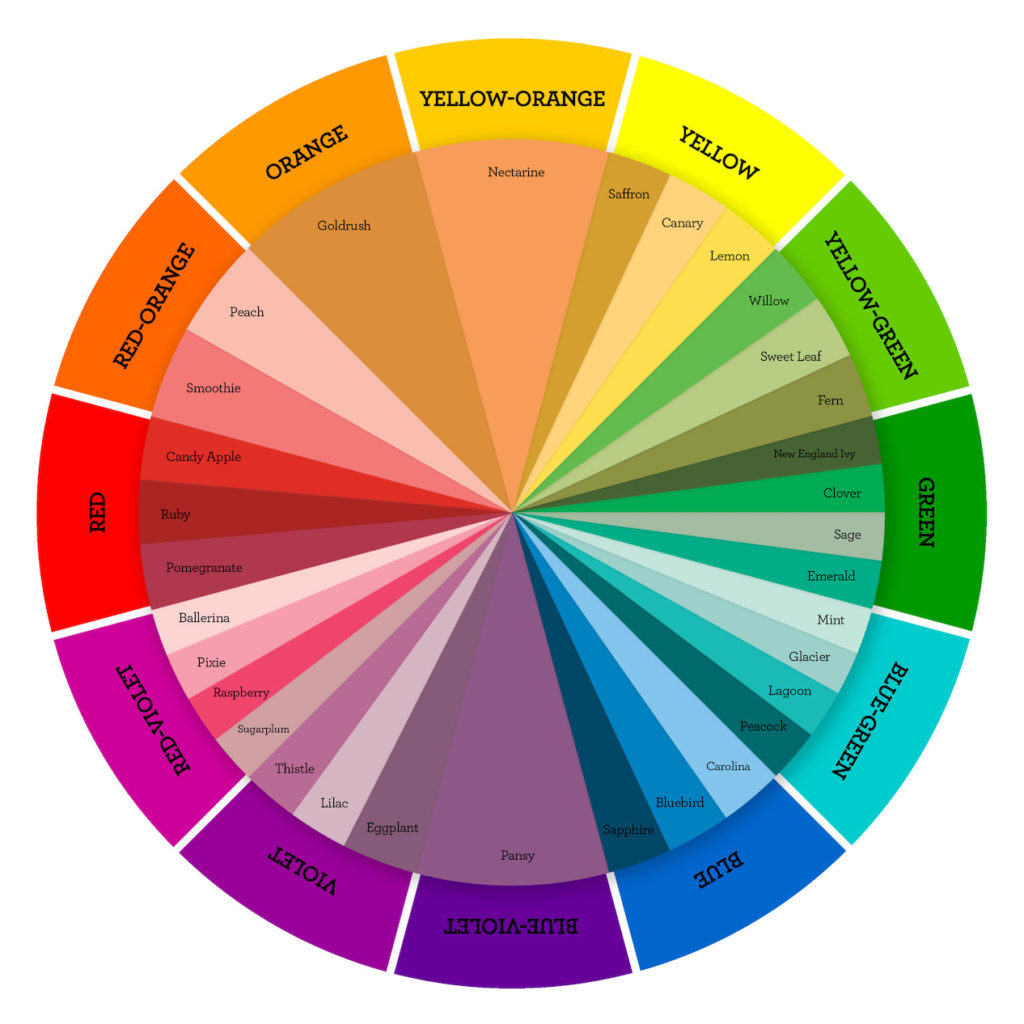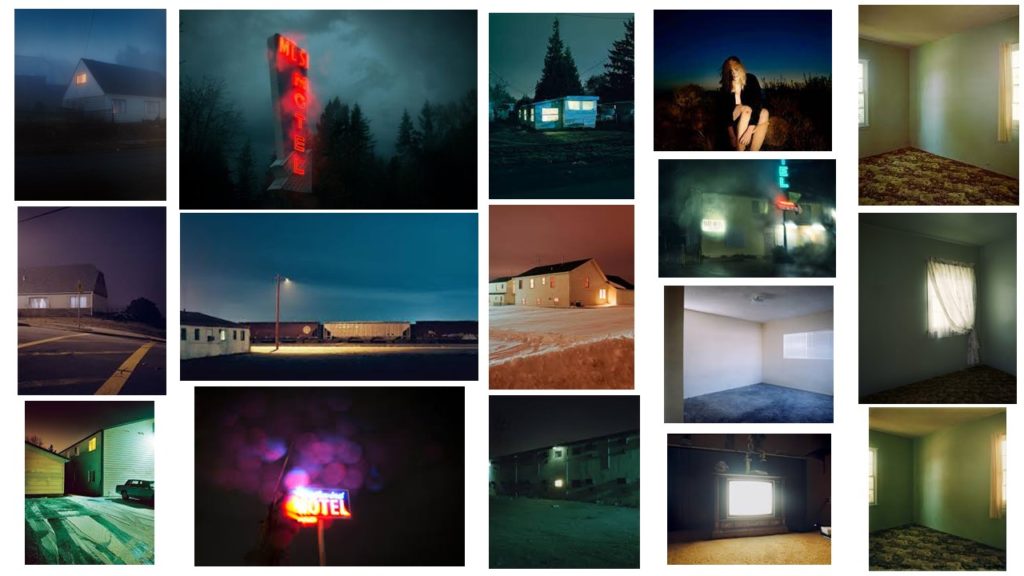In general I like to explore with colours in my work and specifically for this theme I have used a lot of colour. Over the years the meaning of colours has evolved and depending on the sociocultural context and other factors such as age or gender, they are capable of evoking one or more sensations. The most curious thing is that, despite its long history, it is still an area in which much remains to be discovered.
Colour Theory/History
Colour theory is a set of principles for choosing the best colour combinations. This harmonious relationship of colour can be represented visually with what we know as a colour wheel. Within the colour wheel there are two ranges of colours, warm (expressing joy, passion or enthusiasm) and cold (expressing relaxation, success or professionalism).

To understand how colours affect us we must be clear about these basic concepts. We must keep in mind that when photography was born (1839) everything was in black and white, so the first photographers could not count on color as an ally to build their compositions. They had no choice but to focus on other aspects such as light, lines or textures to make photos stand out more among them. From 1935 on, the first color slide film (Kodachrome) began to be used and that opened up a whole world of possibilities. Modern photographers could now show a more realistic representation of a scene and with colors similar to those seen through the human eye. Although color photography would also have another purpose, because photographers were going to find a new way to attract attention and add impact to their images
Todd Hido

The majority of Todd Hido’s photos of rural scenes are taken during single, lengthy drives. The principle subject of his work is the nature of normal and counterfeit light in the American scene, as in reflected sunrays or the enlightenment of a TV pouring from a mysterious window. Todd Hido use a lot of cold colours that gives you the feeling of isolation and abandonment.
